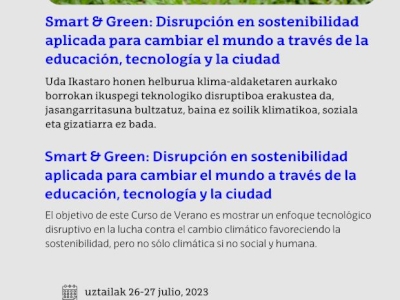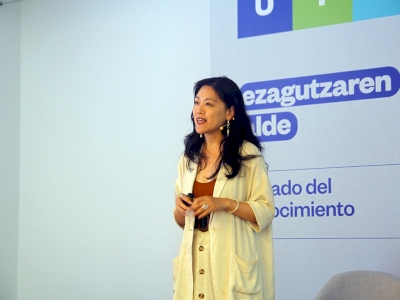smartcityWorld

Iceland will host the largest carbon capture plant
It is probably the country in the world that consumes the highest proportion of renewable energy: almost 100% of its energy is of geothermal or hydraulic origin. Recently, it has broken another record: hosting the largest plant dedicated to carbon sequestration on the entire planet.
Before entering the icy Arctic latitudes, here is a brief explanation about this technique to reduce the presence of atmospheric carbon dioxide. Carbon sequestration is a technique that helps reduce global temperature and mitigate climate change, which consists of capturing and storing carbon dioxide (CO₂) from the atmosphere to reduce its concentration and mitigate the effects of global warming. This strategy has become crucial in global efforts to meet the CO2 emissions reduction targets set in the Paris Agreement. And what are the most common strategies for capturing and long-term storage of carbon dioxide?
These are the three main carbon sequestration techniques today:
- Carbon capture and storage (CCS). This technique involves capturing carbon dioxide emitted by industrial and power plants before it reaches the atmosphere, transporting it through pipelines and storing it in underground geological formations, such as depleted oil and gas fields or saline aquifers, where it can be retained. safely for thousands of years.
- Biological kidnapping. It consists of using natural processes to capture and store carbon. Reforestation, sustainable management of agricultural lands and the restoration of marine ecosystems such as mangroves and seagrasses are key methods that allow plants and soils to absorb and retain carbon dioxide from the atmosphere, which becomes part of biomass and the soil naturally.
- Direct air capture (DAC) technologies. These next-generation technologies use mechanical devices to directly extract carbon dioxide from the atmosphere. The captured CO₂ can be stored geologically or reused in the production of industrial materials and synthetic fuels.
Of these three techniques, Iceland has opted for the third. That is, employ DAC technologies to capture atmospheric carbon. Named the Mammoth project, the plant began operations in May 2024. The facility, designed to capture up to 36,000 tons of CO₂ per year, makes it the largest plant of its kind worldwide. It is a still incipient technology, but just think that its predecessor, the Orca plant, captures around 4,000 tons annually.
CO₂ capture is carried out through 72 collection units that filter the air, absorb the CO₂ and then combine it with water to inject it into underground basalt formations. Here, CO₂ reacts with basalt and mineralizes, turning into stone and remaining permanently stored.
The Swiss company behind the project plans to scale this technology to reach a capture capacity of megatons by 2030 and gigatons of CO2 by 2050, which could be an important support to meet global climate goals. The technology has already sparked the interest of countries such as Norway, Kenya, Canada and the US, among others. As an example, this last country is going to invest more than six hundred million dollars in the development of technologies for carbon sequestration.
For now, the main challenge of DAC technology is to reduce its costs and improve its energy efficiency. Thus, capturing a ton of CO₂ costs around a thousand dollars, but this figure is expected to be reduced to three hundred by 2030. In the meantime, of course, we will have to continue making progress in reducing carbon emissions and other greenhouse gases. greenhouse effect through renewable energies.
Multimedia
Smart & Green Fundazioa Summer Courses from UPV/EHU

What are you waiting for? Sign up
Blockchain Conference La Rioja









